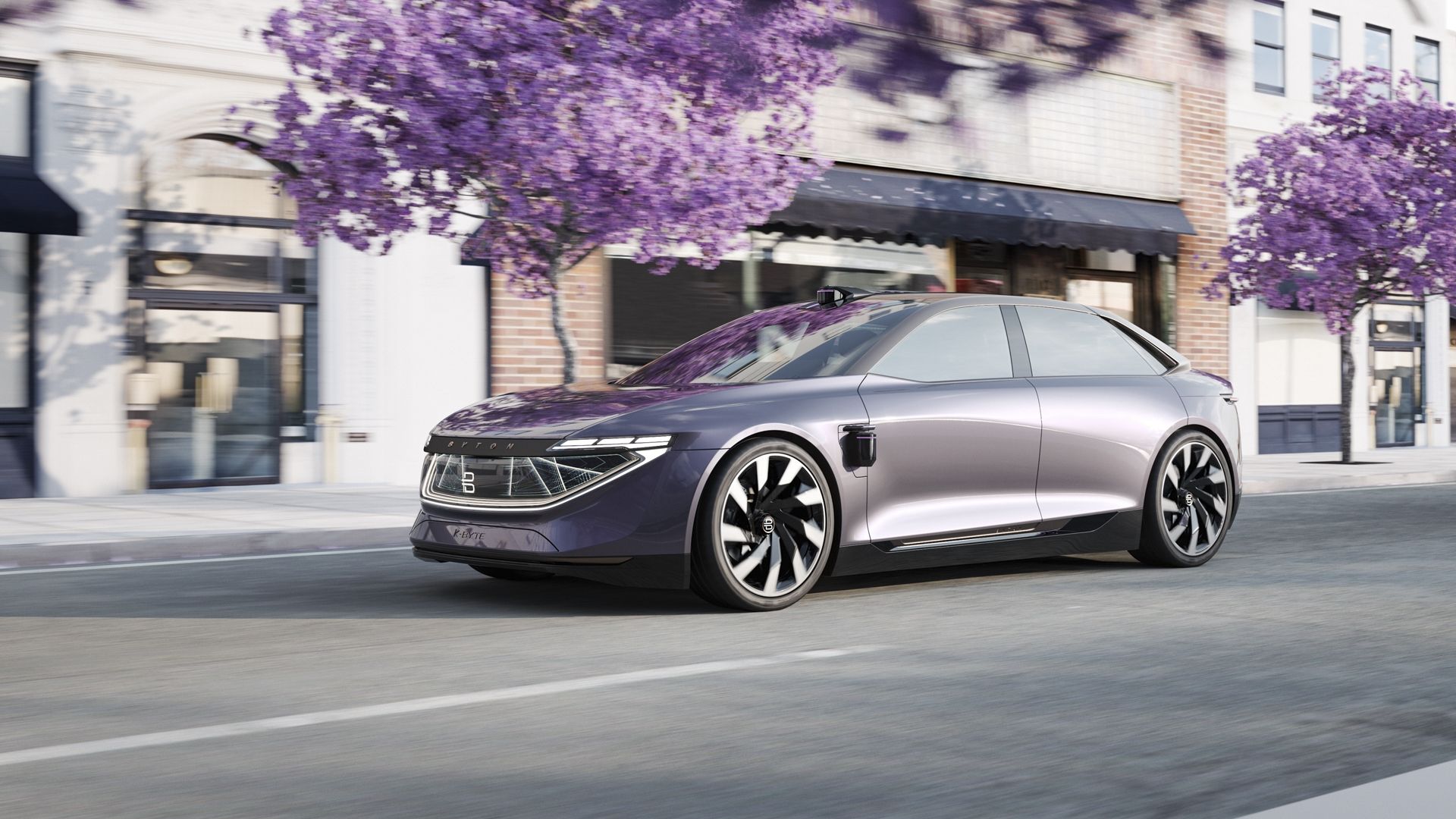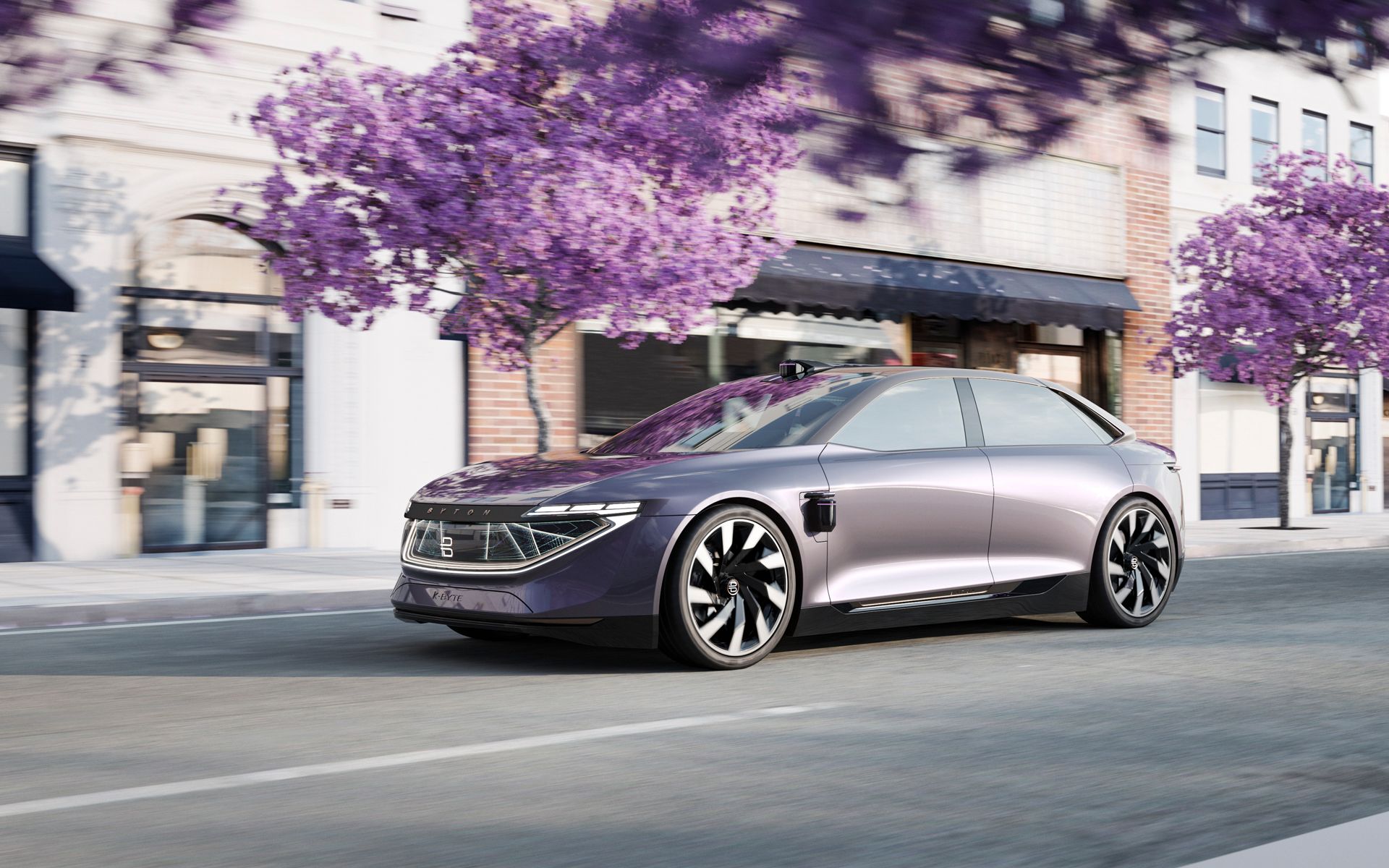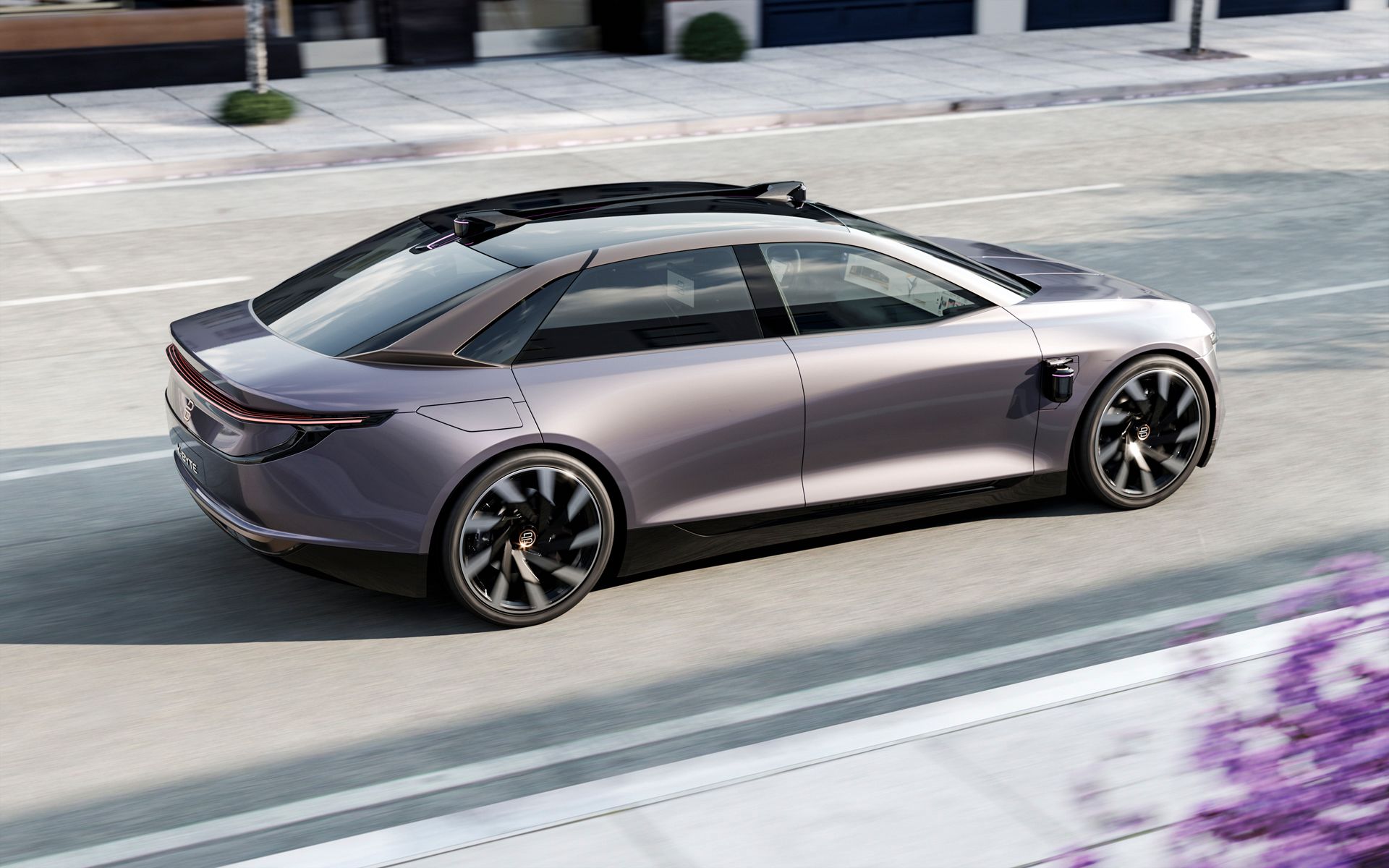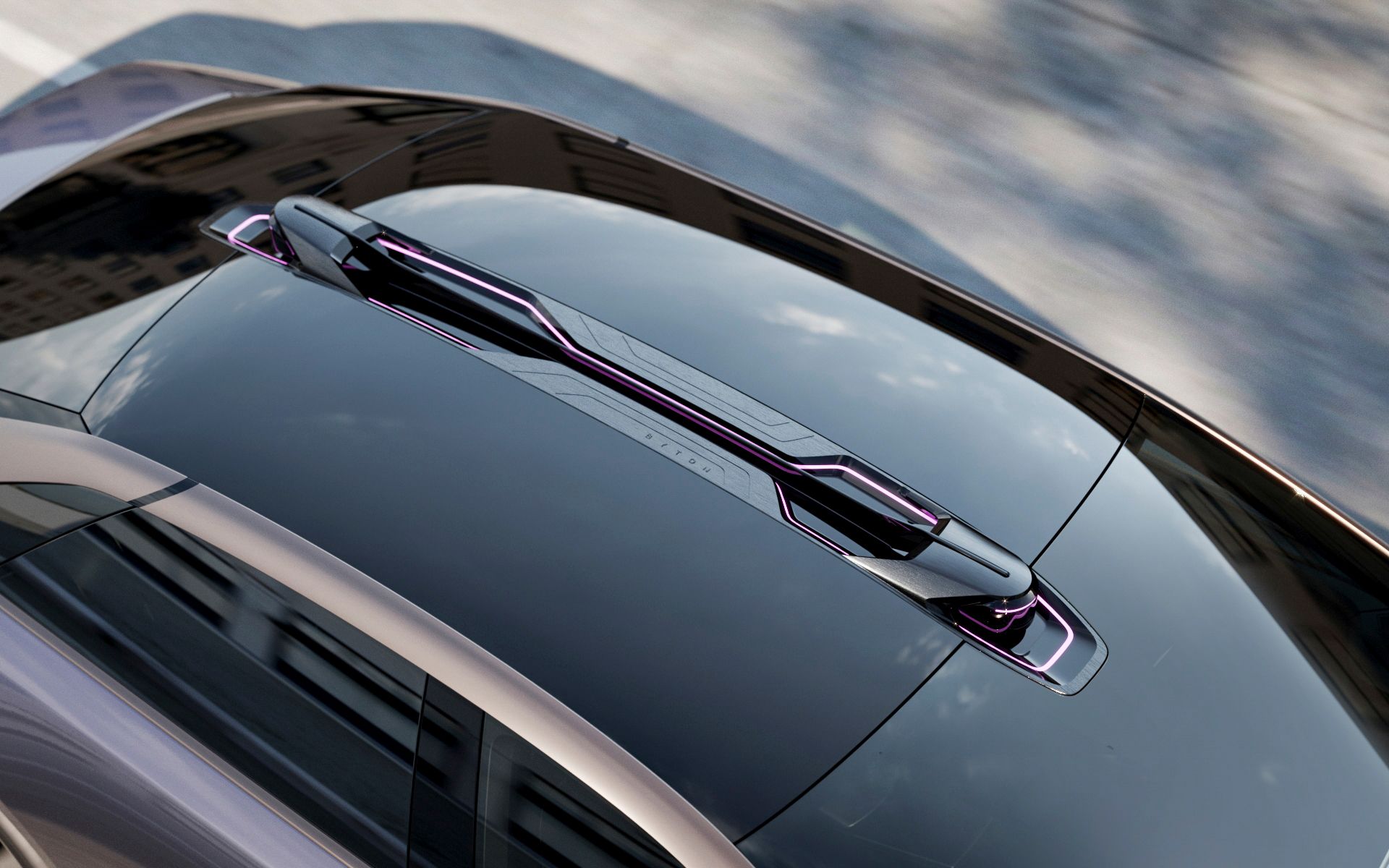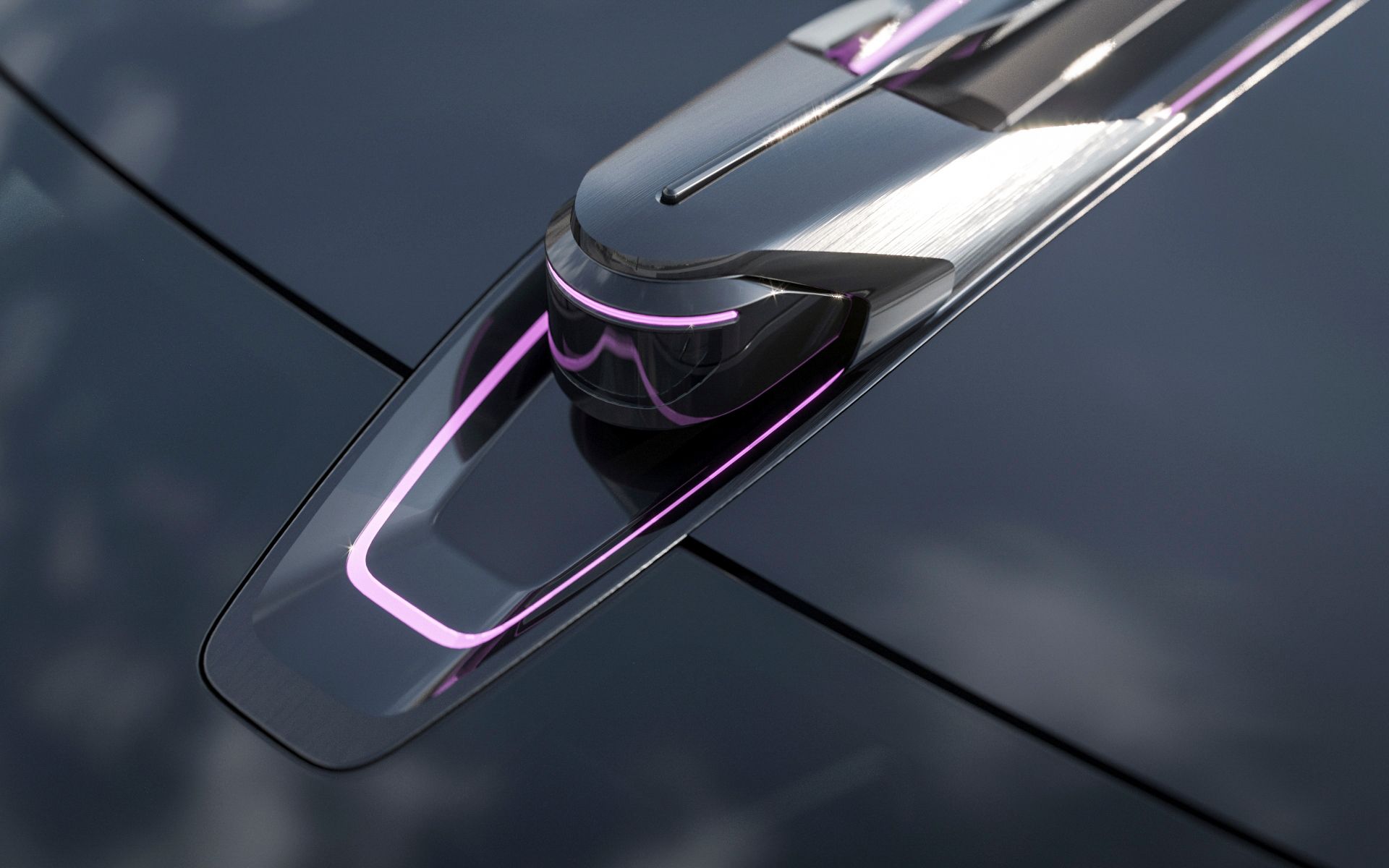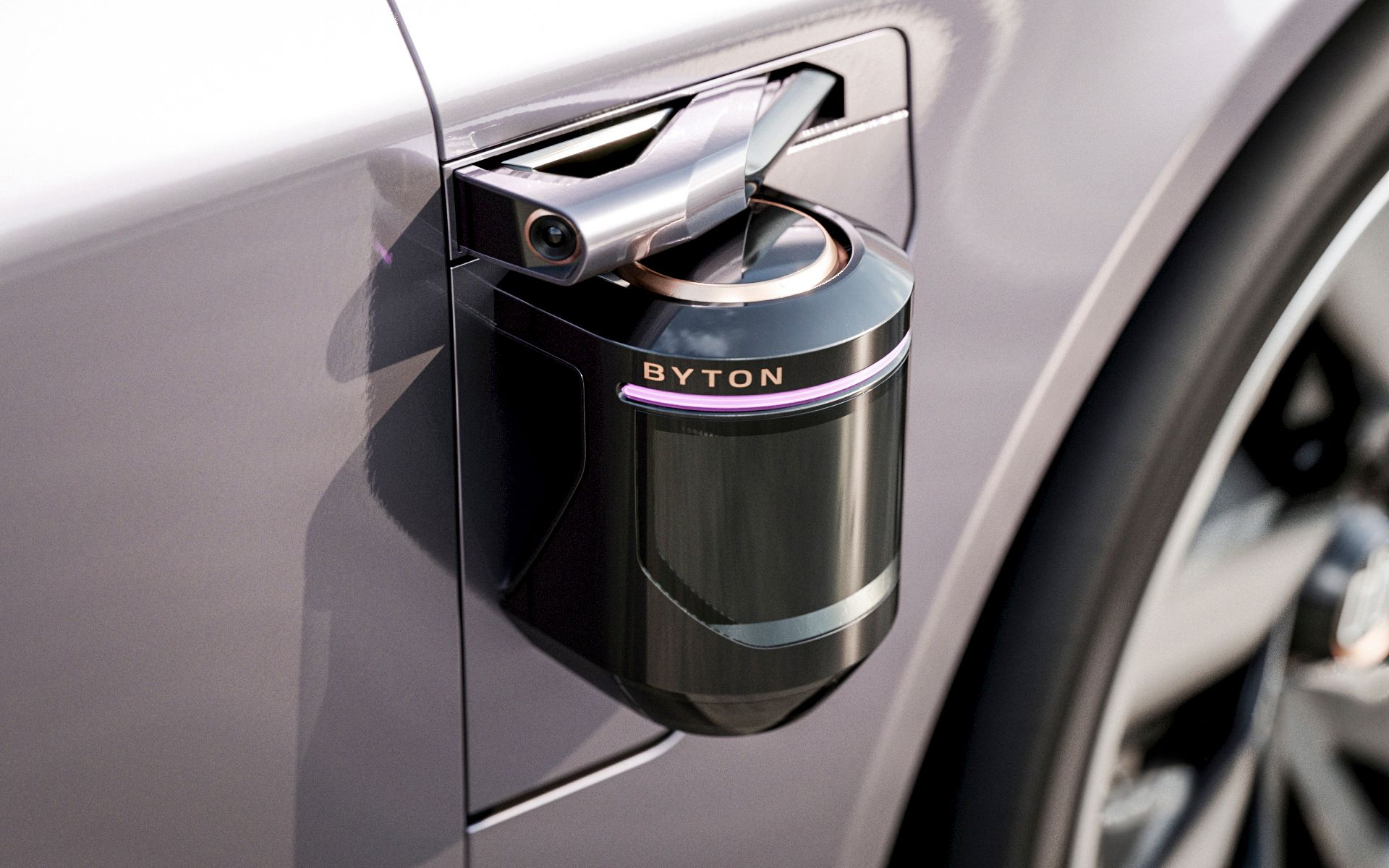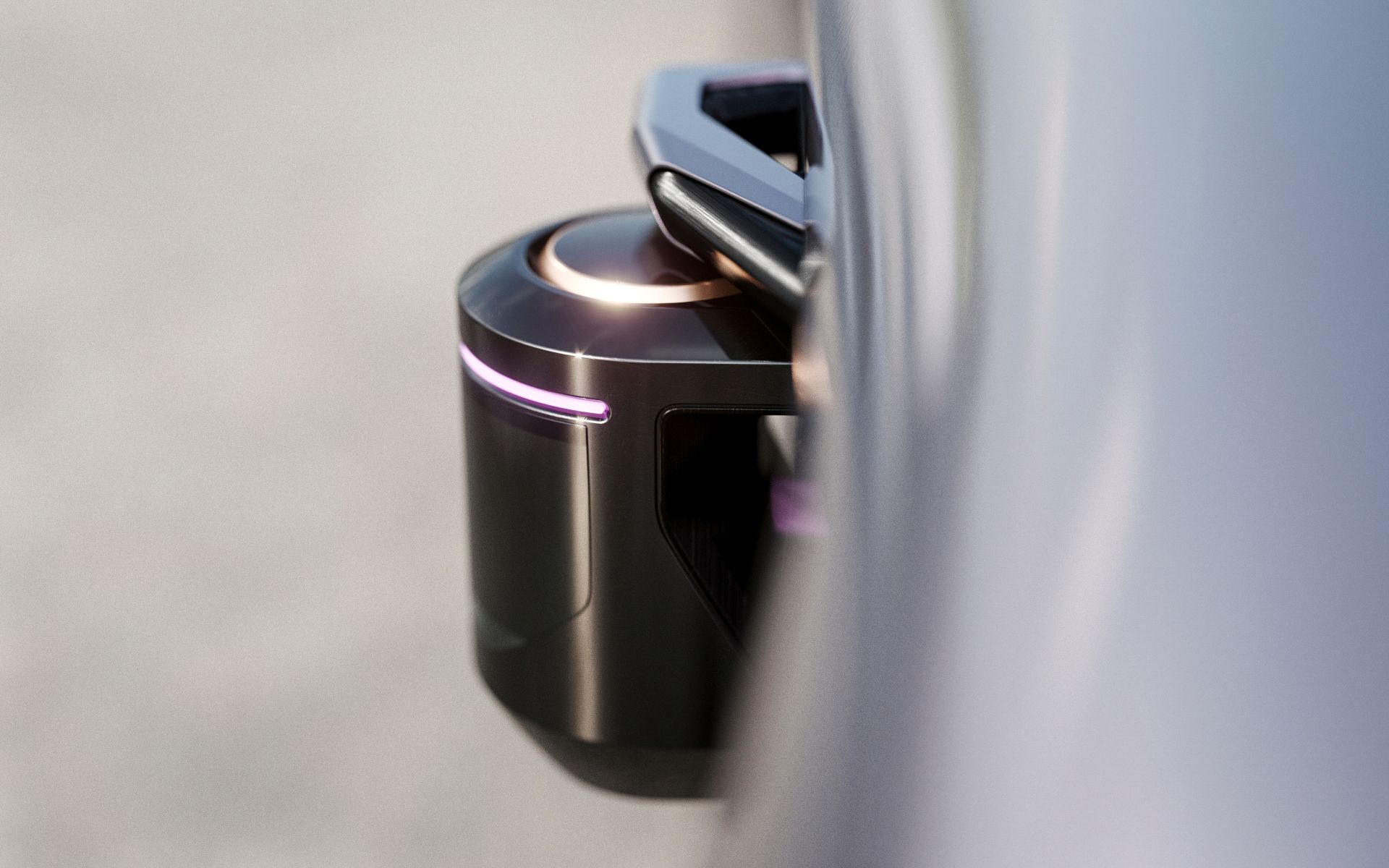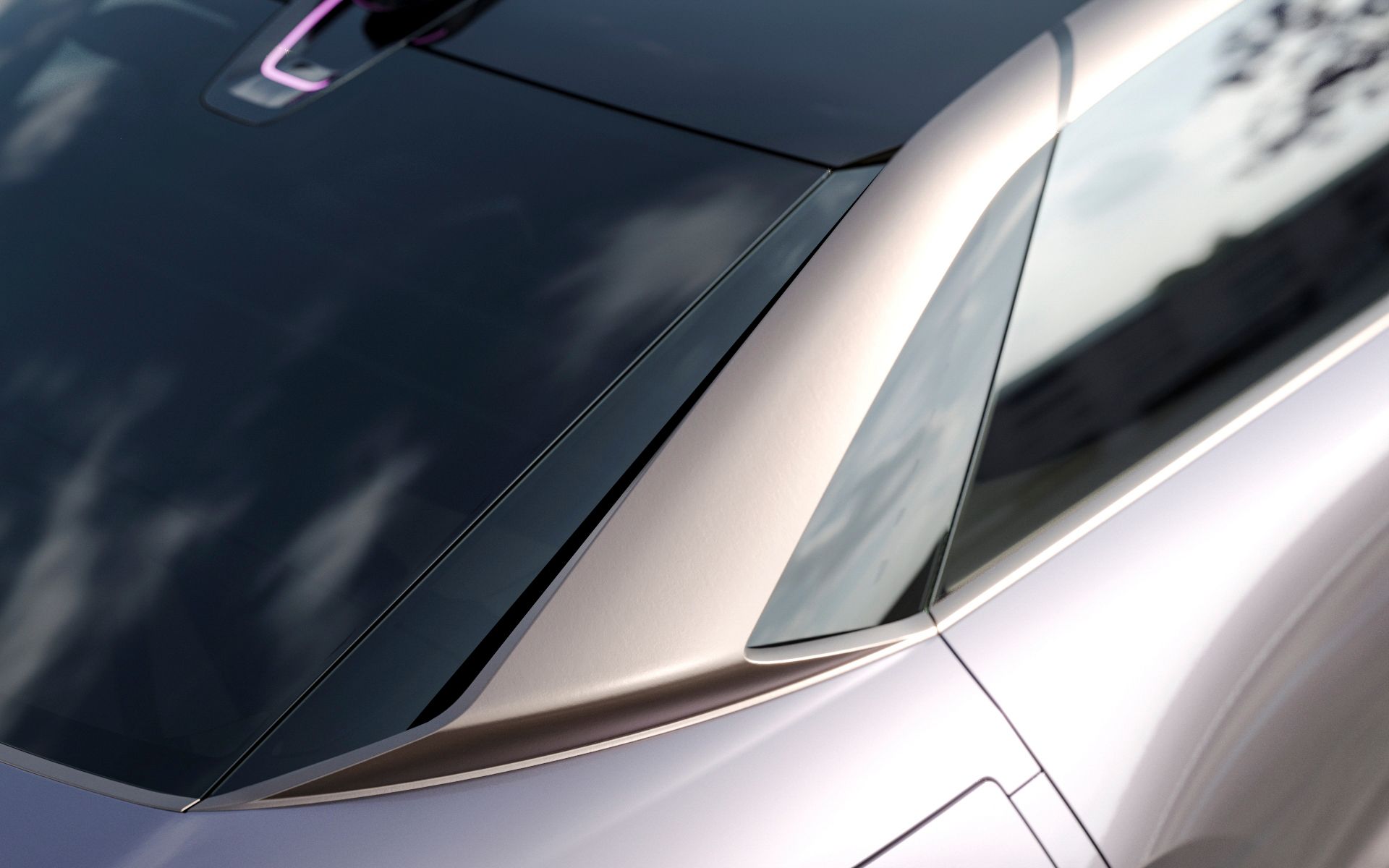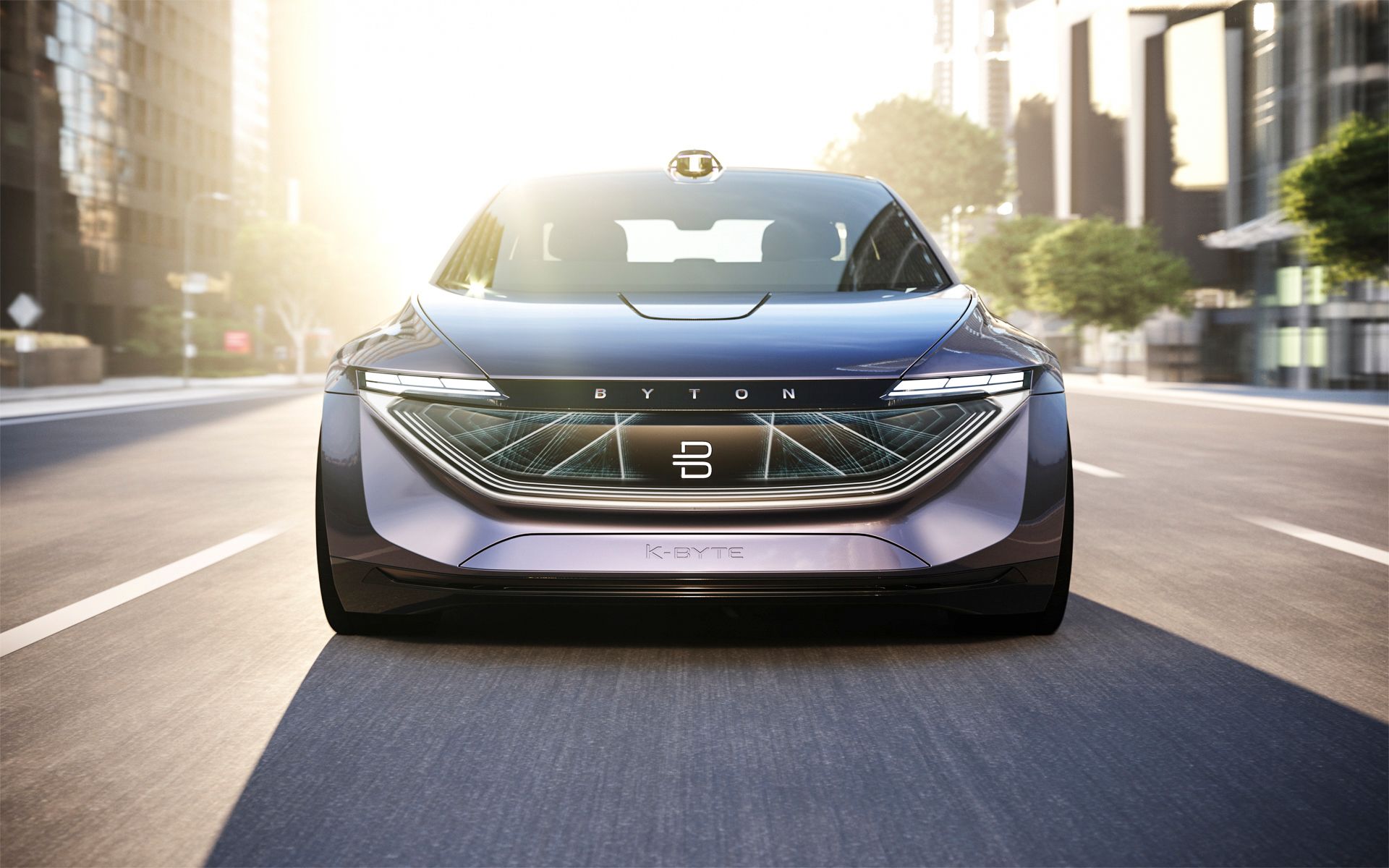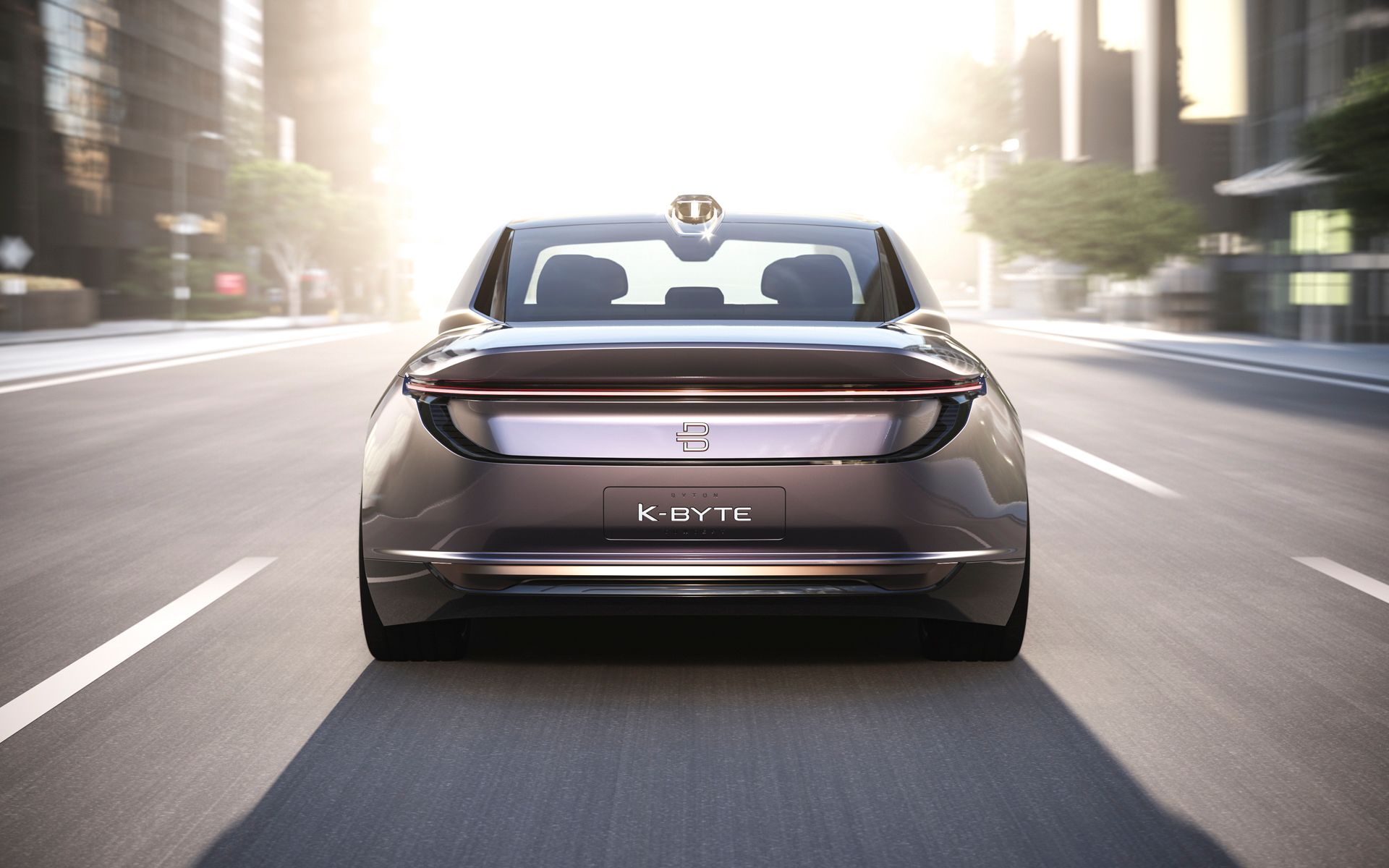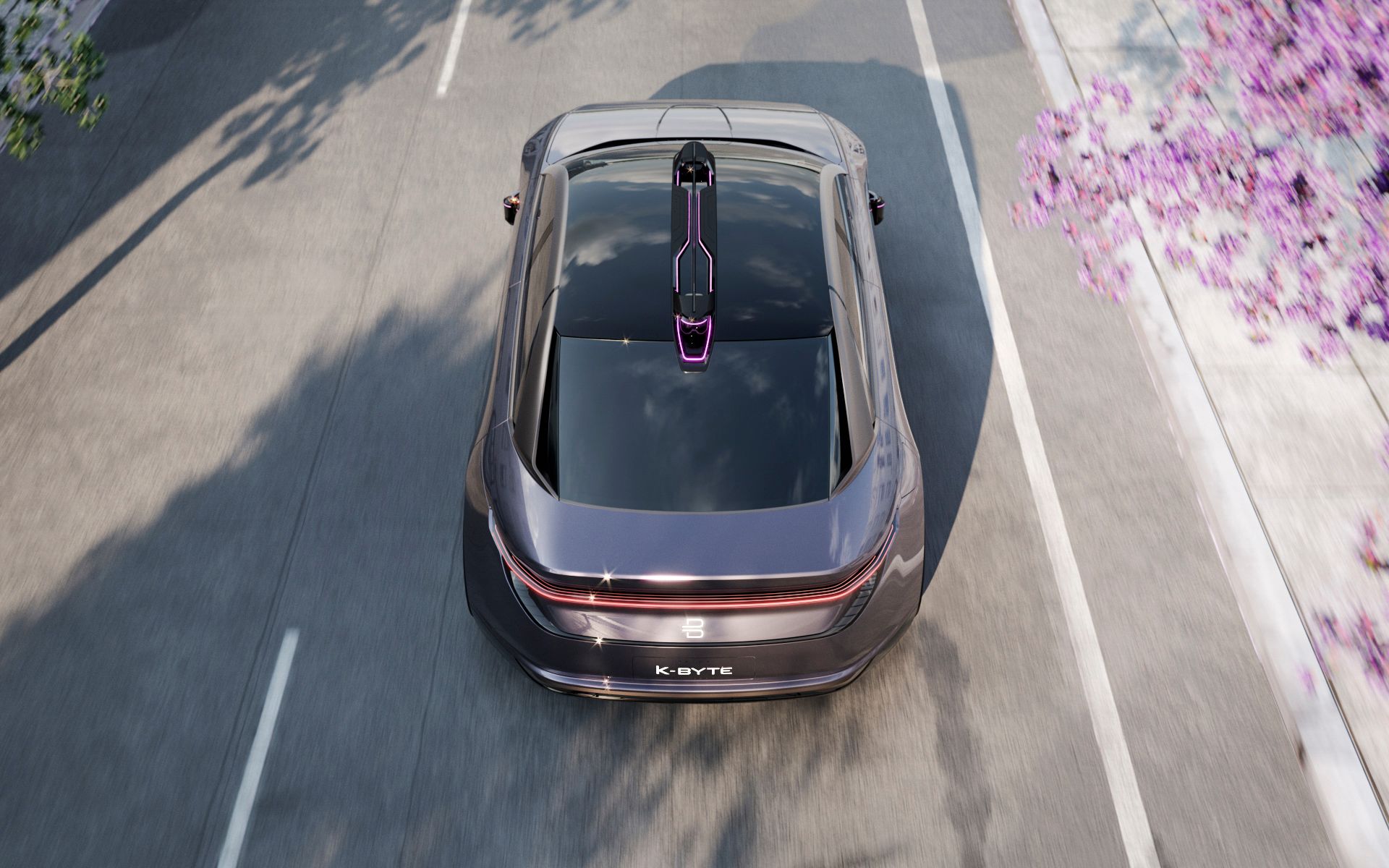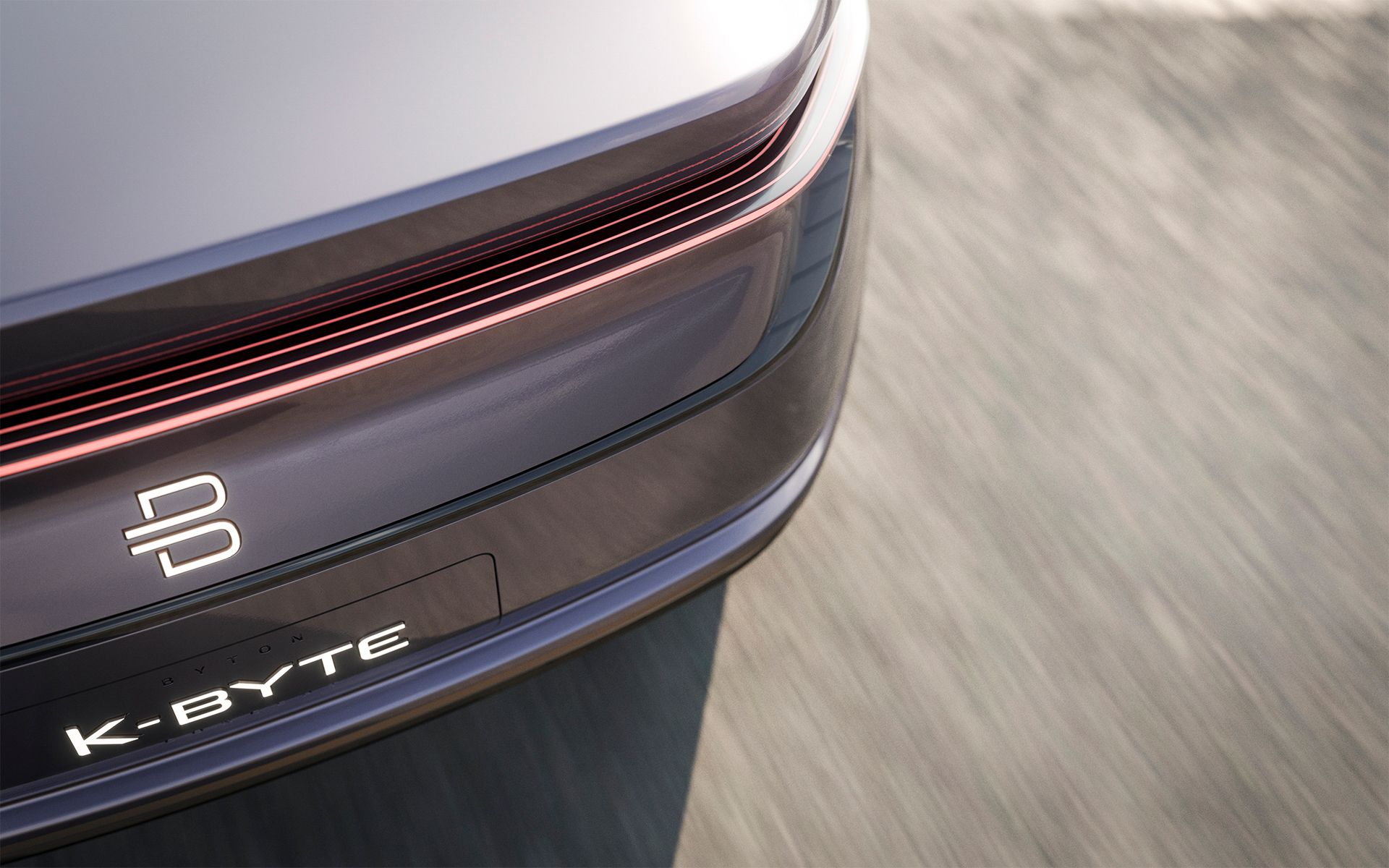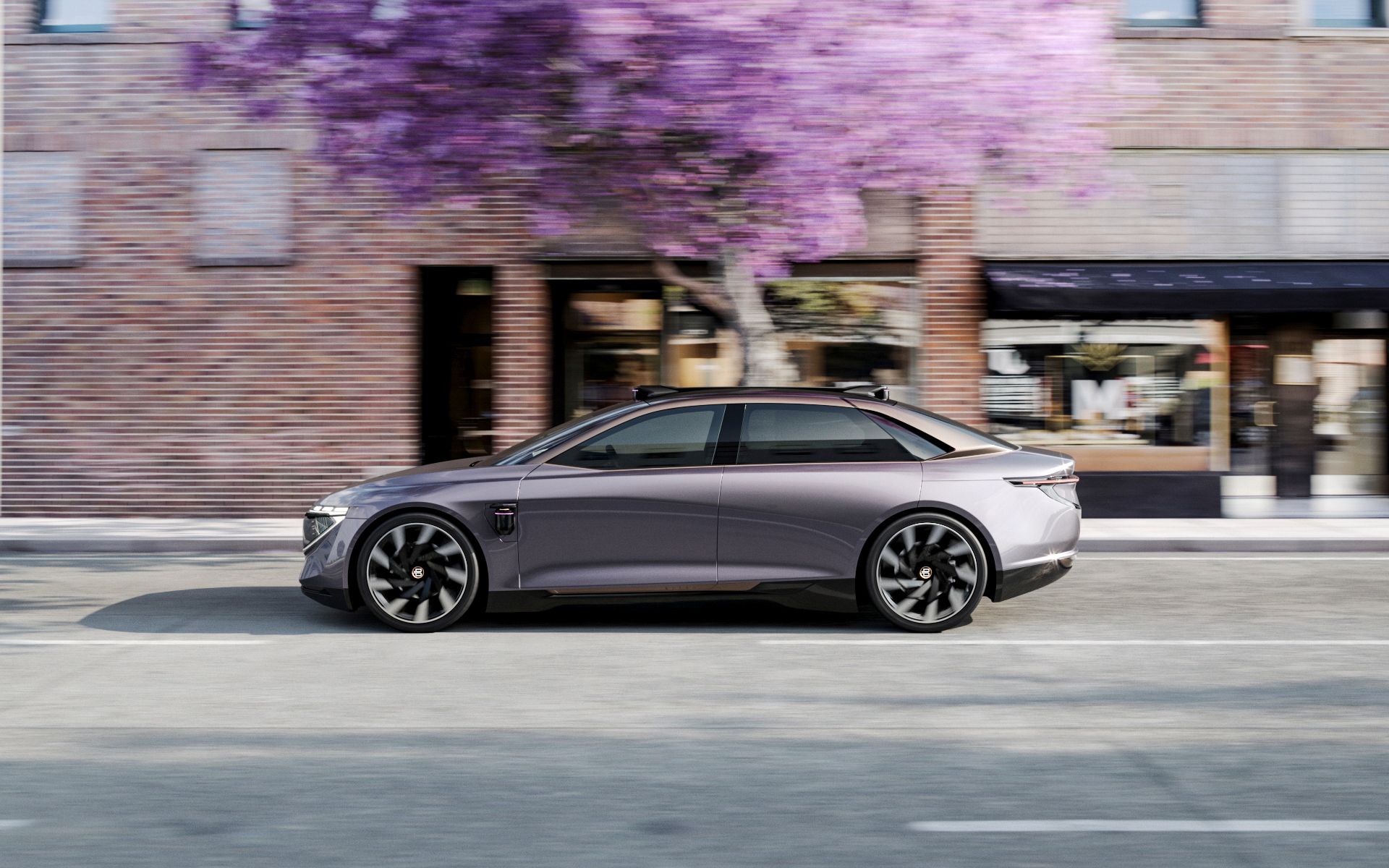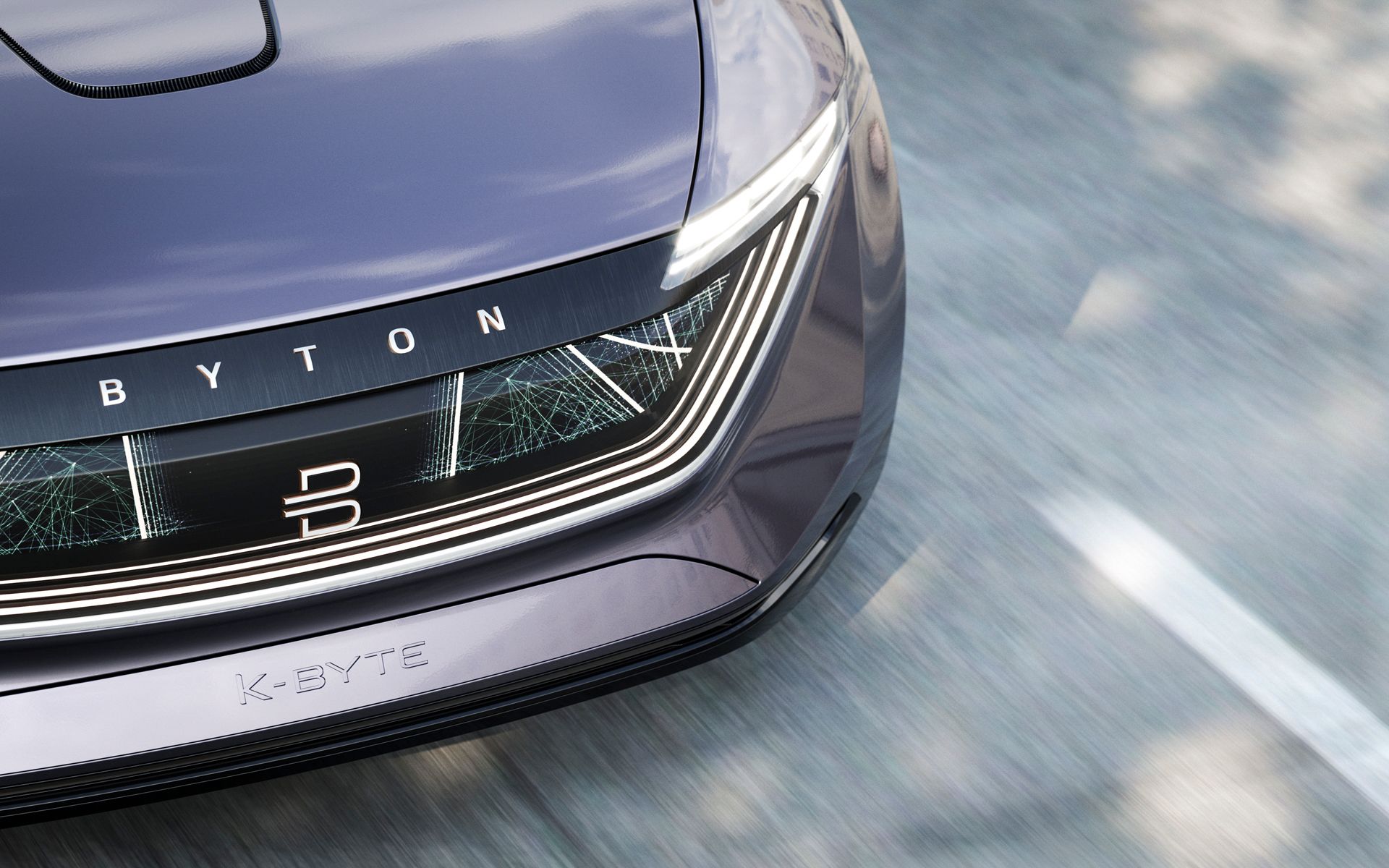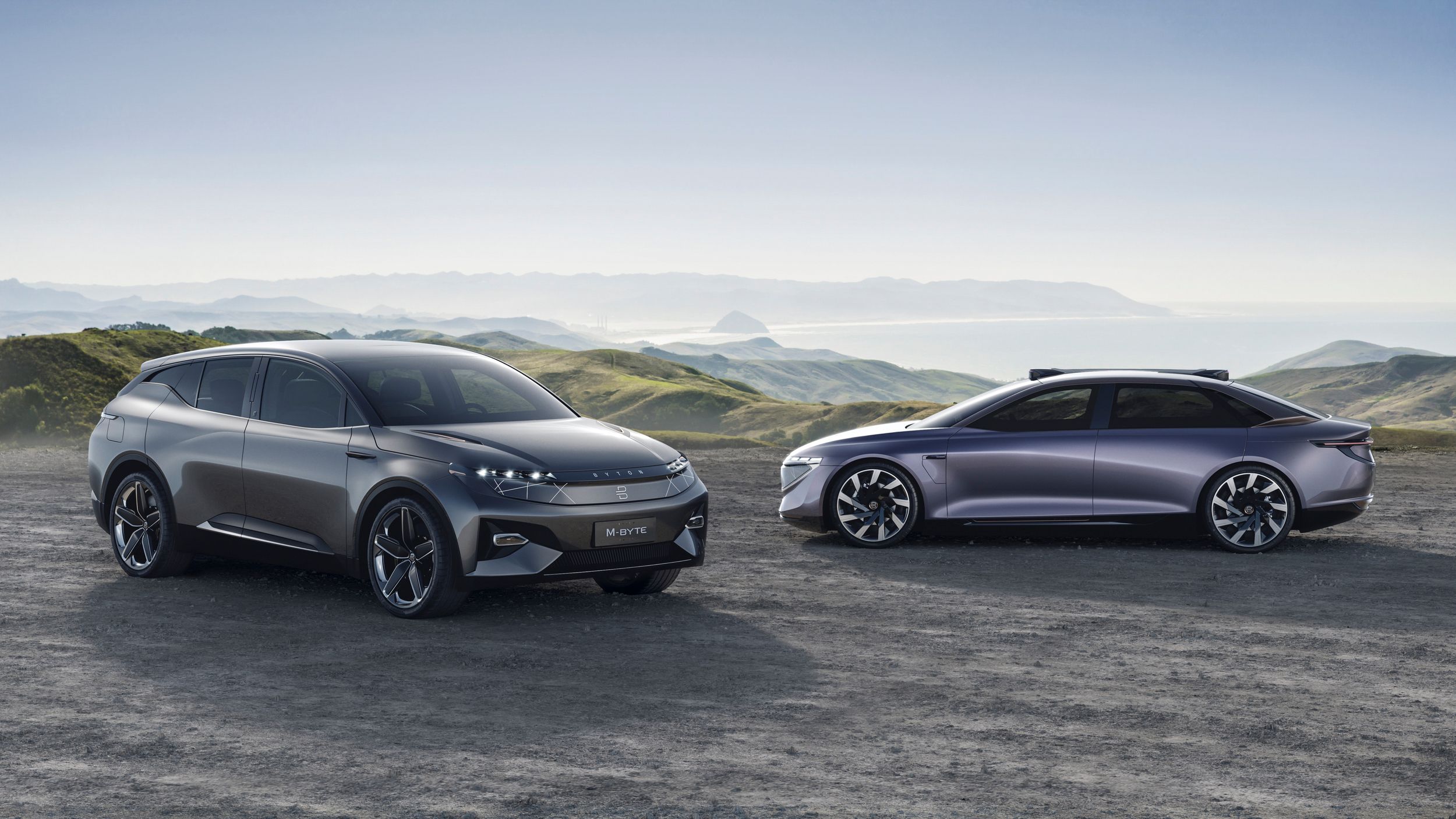Six months after unveiling its first electric concept at the 2018 Consumer Electronics Show, Chinese startup Byton is back in the headlines with its second concept vehicle, the K-Byte electric sedan. The sedan follows a similar blueprint than the SUV, which is now called the M-Byte. It’s being prepared as an all-electric vehicle that will feature, among other things, Level 4 autonomy. Byton’s goal is to have the K-Byte testing on the roads by the end of 2020 with an eye towards having them on sale by 2021.
2018 Byton K-Byte Concept
- Make: Array
- Model: 2018 Byton K-Byte Concept
- [do not use] Vehicle Model: Array
Exterior
Byton strikes me as a company that did its homework before showing the whole world its product. You can see it in how the K-Byte Concept looks. On the surface, it looks like what you’d expect a sedan to look like. The front section is a little all over the place — I’ve never been a fan of front ends that look like they’re smiling — but the tech and unconventional lighting fixtures give it a nice futuristic look. The grille, in particular, comes with “smart surfaces” that can create 3D visuals using unique light strips. The side profile is sleek in an understated way, and the rear end gets the stretched rear lights look, a staple among today’s concept cars. The overall profile is top quality, even if it comes with unorthodox protrusions.
Speaking of those protrusions, that’s why I like this concept. The K-Byte Concept doesn’t hit its purpose. It may not look as smooth aesthetically, but you have to admire the company’s decision to put its cards on the table. The concept is, by and large, being touted with Level 4 autonomy. Byton doesn’t hide from its goal, and you can see it because the hardware for autonomous driving is integrated into the visual design of the concept. On the roof, there’s the “LiBow” system, which incorporates front and rear lidar to give a panoramic view of the car’s surroundings. Just below the side mirrors are the “LiGuard” side lidars, which, by the way, retracts when the car is parking or being driven manually by a driver. These liars also illuminate at night, creating a look that’s unlike anything we’ve seen from an autonomous driving concept.
Interior
We don’t get to see a lot of the Byton K-Byte’s interior, but that shouldn’t be too much of an issue because, as a concept, it’s unlikely that we’ll get the same design treatment on the production model. From the few shots that we do have, it’s safe to say that the K-Byte’s cabin was also designed with Level 4 autonomy in mind. Take the steering wheel, for example. No automaker would put a huge digital display in the middle of the steering wheel, at least as far as traditional cars are concerned. And yet, there it is in the K-Byte Concept. From the looks of it, that’s not only a digital display; that’s an iPad.
Of course, as big as that iPad is, it pales in comparison to the massive — I repeat, massive — display that occupies pretty much the entire dashboard. No one’s going to get confused about its purpose, especially on a car that’s supposed to feature Level 4 autonomy.
Other notable elements of the K-Byte’s cabin is the lack of a central tunnel. That was done to help live up to Byton’s goal of creating a living space inside its cars, allowing drivers and passengers unprecedented freedom to go about their lives without having to worry about driving the car.
The rest of the interior comes with some traditional items, too. The seats look present-day makes. There’s a large panoramic sunroof, too, and the whole cabin is dressed up in quality premium materials. No surprises there, either.
Drivetrain
Byton hasn’t released the powertrain details for the K-Byte, so it’s unclear exactly how much power it’s going to carry. That said, the company has said that it will use the same electric vehicle platform as the M-Byte SUV. That should give us an idea on what the K-Byte is packing because the rear-drive version of the M-Byte comes with a single electric motor that produces 268 horsepower and 295 pound-feet of torque. It also features a 71-kWh battery that provides a range of 248.5 miles.
There’s also an all-wheel drive, dual-motor version of the M-Byte that has 469 ponies and 523 pound-feet of twist at its disposal. It also has a range of 323 miles, all thanks to a 95-kWh battery pack.
Final Thoughts
I’m excited about the Byton K-Byte Concept because it looks like a concept that was prepared the right way by Byton. From its design to its potential performance capabilities, there are a lot of positives to take away from what Byton is trying to achieve. It also helps that the company just received funding amounting to almost $500 million. It also just opened company headquarters in Nanjing, China.
All these developments are positive steps for Byton as it tries to break into what is becoming a super competitive all-electric car segment. Given what we know about the concept and the approach the startup is making to get to where it needs to go, I’d be surprised if these plans don’t come to fruition.
Further Reading
Read our full review on the 2019 Byton Concept EV.

